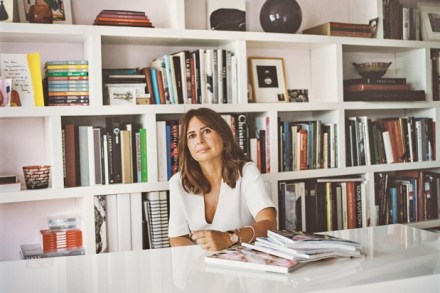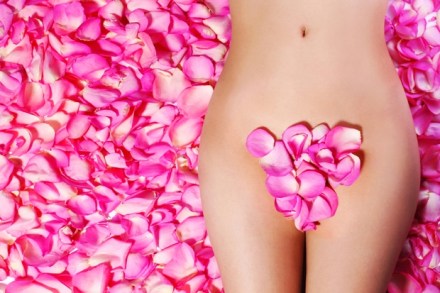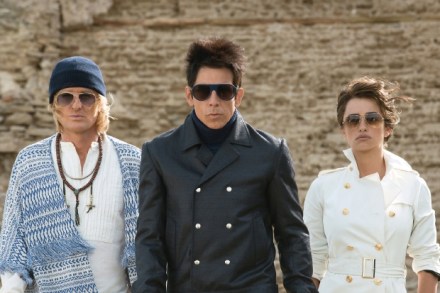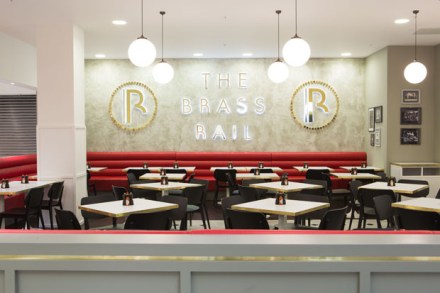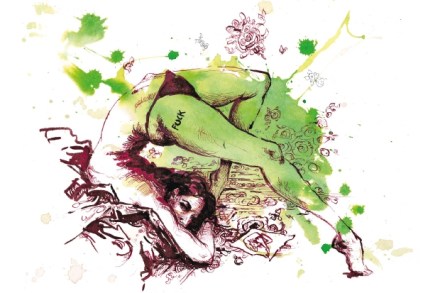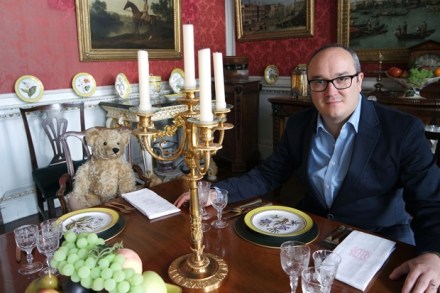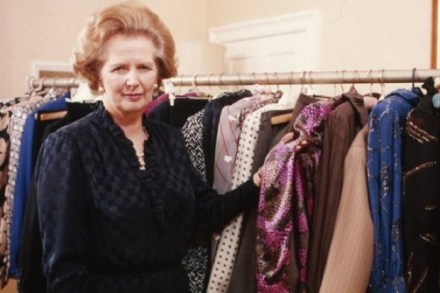Halloween hire
To use a vulgar phrase, I can’t get my head around this exhibition. It seems anything but ‘vulgar’. Daintily laid out and dimly lit in the gloomier cloisters of Fortress Barbican is a series of dresses — the chaps hardly get a look-in, save for some of those white-knee-britched, jaboty, gold-laced-coat get-ups that people like Philip Green struggle into for their fancy-dress parties — some ancient, some modern, a lot very pretty, a few laughably ludicrous; anyone wanting a frightening clown costume for Halloween will find inspiration here. The clothes are, for the most part, exquisitely made. Many are elegant, and several supremely extravagant; however, the organisers of the exhibition


